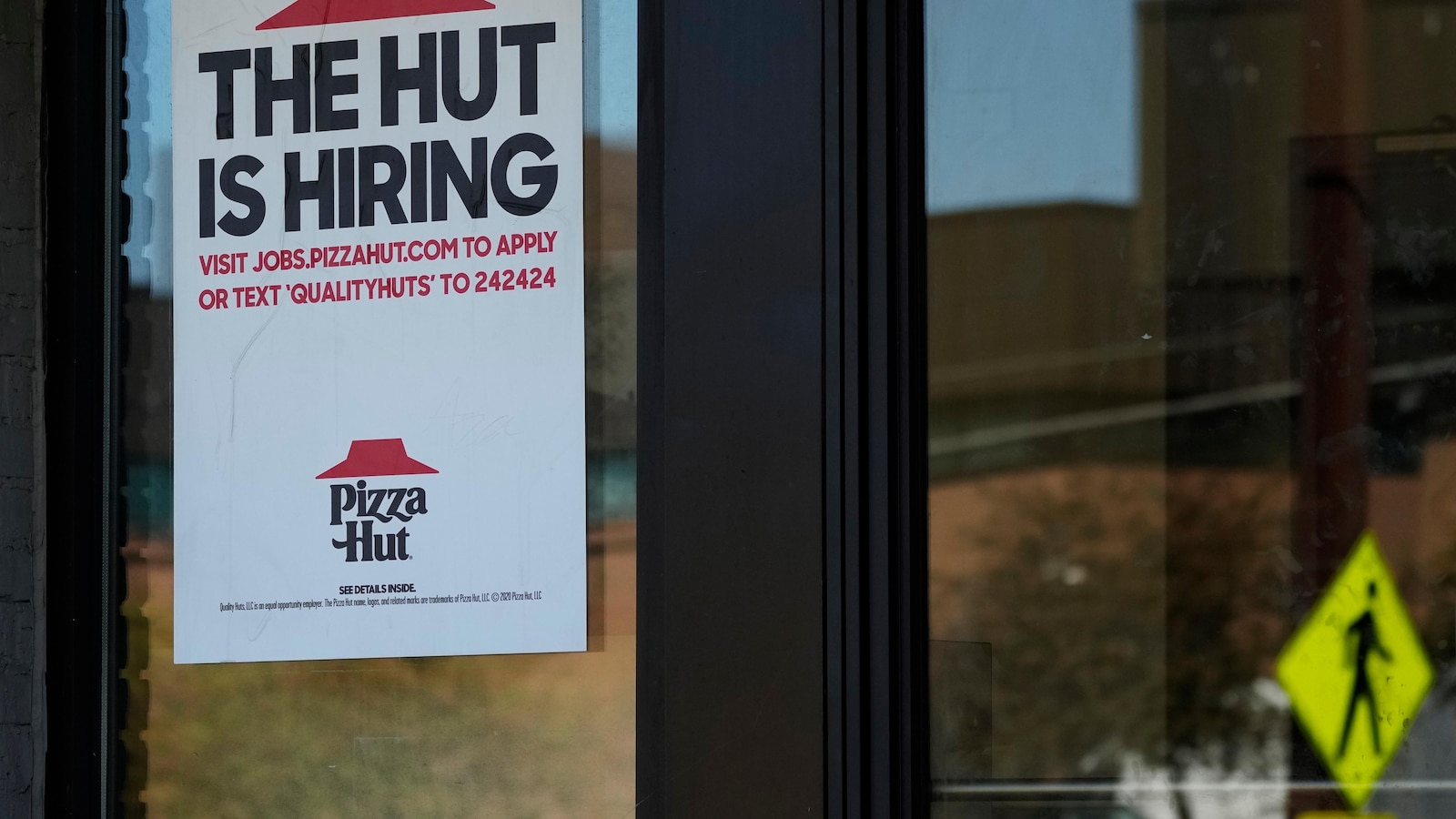
The number of Americans filing for for unemployment benefits last week jumped to their highest level in a year, which analysts are saying is more likely a result of Hurricane Helene than a broader softening in the labor market.
The Labor Department reported Thursday that applications for jobless claims jumped by by 33,000 to 258,000 for the week of Oct. 3. That’s the most since Aug. 5, 2023 and well above the 229,000 analysts were expecting.
Analysts highlighted big jumps in jobless benefit applications across states that were most affected by Hurricane Helene last week, including Florida, North Carolina, South Carolina and Tennessee.
Applications for jobless benefits are widely considered representative of U.S. layoffs in a given week, however they can be volatile and prone to revision.
The four-week average of claims, which evens out some of that weekly volatility, rose by 6,750 to 231,000.
The total number of Americans collecting jobless benefits rose by 42,000 to about 1.86 million for the week of Sept. 28, the most since late July.
Some recent labor market data has suggested that high interest rates may finally be taking a toll on the labor market.
In response to weakening employment data and receding consumer prices, the Federal Reserve last month cut its benchmark interest rate by a half of a percentage point as the central bank shifts its focus from taming inflation toward supporting the job market. The Fed’s goal is to achieve a rare “soft landing,” whereby it brings down inflation without causing a recession.
It was the Fed’s first rate cut in four years after a series of rate hikes in 2022 and 2023 pushed the federal funds rate to a two-decade high of 5.3%.
Inflation has retreated steadily, approaching the Fed’s 2% target and leading Chair Jerome Powell to declare recently that it was largely under control.
In a separate report Thursday, the government reported that U.S. inflation reached its lowest point since February 2021.
During the first four months of 2024, applications for jobless benefits averaged just 213,000 a week before rising in May. They hit 250,000 in late July, supporting the notion that high interest rates were finally cooling a red-hot U.S. job market.
In August, the Labor Department reported that the U.S. economy added 818,000 fewer jobs from April 2023 through March this year than were originally reported. The revised total was also considered evidence that the job market has been slowing steadily, compelling the Fed to start cutting interest rates.
Despite of all the signs of labor market slowing, America’s employers added a surprisingly strong 254,000 jobs in September, easing some concerns about a weakening job market and suggesting that the pace of hiring is still solid enough to support a growing economy.
Last month’s gain was far more than economists had expected, and it was up sharply from the 159,000 jobs that were added in August. After rising for most of 2024, the unemployment rate dropped for a second straight month, from 4.2% in August to 4.1% in September,
The latest data from the US Department of Labor has revealed that jobless benefits filings in the country have reached a concerning high of 258,000, the highest number in over a year. This increase in unemployment claims is a troubling sign for the US economy, as it suggests that more and more Americans are struggling to find work.
The rise in jobless benefits filings can be attributed to a number of factors, including the ongoing impact of the COVID-19 pandemic on the labor market. Many businesses have been forced to close or reduce their operations due to lockdowns and restrictions, leading to widespread job losses across various industries.
Additionally, the expiration of federal unemployment benefits in September may have also contributed to the increase in jobless claims. With the end of these supplemental benefits, many unemployed individuals may have been left without a safety net, forcing them to turn to traditional state unemployment benefits.
The rise in jobless benefits filings is particularly concerning given the current state of the US economy. While the country has seen some improvement in recent months, with job growth and a decline in the unemployment rate, the latest data suggests that there are still significant challenges ahead.
Experts warn that the increase in jobless benefits filings could be a sign of a larger economic slowdown on the horizon. As businesses continue to grapple with supply chain disruptions, labor shortages, and rising inflation, many may be forced to lay off workers or reduce their workforce, leading to further job losses and an increase in unemployment claims.
In response to the rise in jobless benefits filings, policymakers and economists are calling for additional support for unemployed individuals and struggling businesses. This could include extending federal unemployment benefits, providing targeted relief to industries hardest hit by the pandemic, and implementing measures to stimulate job growth and economic recovery.
Overall, the increase in jobless benefits filings to 258,000 is a concerning development that highlights the ongoing challenges facing the US labor market. As the country continues to navigate the economic fallout from the pandemic, it is crucial that policymakers take action to support those who have been most affected by job losses and ensure a swift and sustainable recovery for all Americans.


